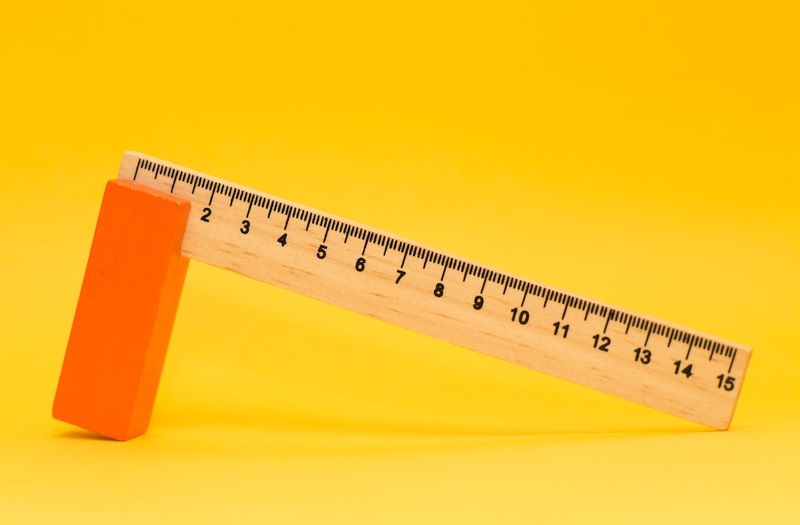We get it — it’s easy to get carried away with the fear of missing out and jump on a hype train for a new coin. And of course, it doesn’t help that the crypto space is conditioned to promote hype — what with shill groups, pump and dump telegram channels, and alpha groups.
Researching cryptocurrencies is a skill that not many people have, but learning how to research a cryptocurrency can be the changing point for your crypto journey.
Because there’s more to research than just reading an article about a coin or getting a tip from your favorite crypto twitter influencer. The research you do can often be the deciding factor in whether you make a decent profit from an investment or a bitter loss.
Ride along as we explore the nitty gritty of cryptocurrency research.
When we're done, you'll be able to DYOR (do your own research) like never before and come up with investment theses that leave you feeling confident in every purchase.
Let’s get started.
How to research a cryptocurrency
Performing quality crypto research involves two major things: getting information from reputable sources and using that information to answer some important questions.
Let’s talk about the questions in a bit more detail.
What are its uses?
This is perhaps the most important thing to consider when researching a cryptocurrency. You need to ask yourself what its real-world uses are, as this plays a very important role in determining whether or not the crypto will be able to stir up demand organically.
This step, if properly executed, can save you from a lot of scams and rug pulls (Squid Game token, anyone?), as these often don't have or have very vague use cases to justify their existence.
A project without a real or clear mission is an absolute red flag, as even ones without malicious intentions will struggle to get attention beyond the initial “marketing” push. Sure, there might be one or two SHIB coins here and there — but remember, that’s one in thousands and any money you put towards these type of coins is purely speculation.
While the answer to the question of whether a project is solving a problem big enough to bring about growth is really anyone's guess, here are some starting points for your research homework:
- Look at their official website
Of course, a project's website is the place to start mining for information about it. Projects without a website or with a poorly made one that lacks sufficient information have a red flag right at the door. Run.
Note that the thing to look out for here is mainly the amount of information about the project available on the website and not how pretty it looks.
Some legitimate projects are run by small teams or individuals and do not have aesthetically remarkable websites, while some scams have the most jaw-dropping websites you'll ever see (talk about some fine-looking bait).
2. Read their whitepaper
A crypto project's mission and approach are usually explained in-depth in a technical document known as a whitepaper. This document, though technical, usually contains all the information you might want to know about a project.
A project without a whitepaper or with a poorly written one means they can’t be bothered to give enough attention to the most important thing in their project. Wonder how they will run the entire project?
The whitepaper can also be a great resource for figuring out the problems a crypto project is trying to solve and how it intends to solve them—well, at least the parts written in English! You can always ask around the discord or telegram community to make sense of things, though.
3. Look at their social media accounts
A solid crypto project will usually have at least a few active accounts on popular social media platforms, such as Twitter, Instagram, and Discord. In the crypto space, social media is a source of truth (yeah, as shady as that sounds) of all the important announcements. Unless it gets hacked, of course. No wonder this crypto thing is confusing!
While you should be wary of a project without any social media accounts, you should be just as wary of a project with overly active ones. Overly active accounts, in the worst case, suggest that the project might just be trying to stir up hype and FOMO around itself and has no real value to offer. In the best case, it could mean the team is too busy building a following and not focusing on the actual project. Tldr? Both not great signs. Run again.
Who's behind it?
Just like in real life, projects run by competent individuals with excellent track records tend to deliver the best results. I mean — more often than not, you’re investing in a token AND its team. Because the idea can be great, but the execution is what matters.
You can often find information about a project's team on their website, in their whitepaper, or on their social media accounts.
Now, I know — anon accounts are all the craze and many founders are anonymous. Still, there’s usually a discord trail for past projects that they have started. At least a persona on Twitter (not saying that’s a failsafe, though)
While many successful projects have been started by anonymous founders (erm, Bitcoin), proceed with extra caution as they are also the perfect model for scams.
What is its tokenomics?
Looking carefully at the native token and its supply and demand dynamics is every bit as important as the other steps mentioned in this article. Good tokenomics can make a project sustainable, while inflationary tokenomics without any actual utility can trigger a death spiral. Yes, even for good projects.
You should ask these questions before you invest in a token:
- Where can it be bought or used—on reputable exchanges and platforms or just shady ones?
- What is its supply like—how is it created?
- How is demand for it created?
- Can it be bought and sold freely by anyone or are there restrictions? (Again, Squid Game token)
- How much of the supply is the team holding and when can they sell? (Team holds 90%+ = rug pull)
Good sources for this sort of information include aggregator sites like Coinmarketcap and Coingecko. You should also find related information in the project's whitepaper and official website.
Remember, this is one of the areas where it's easiest to spot scams, as scam tokens usually have shady and weird tokenomics. In addition, you should also consider things that can significantly affect token demand, like which blockchain(s) the project will be operating on. More adoption/hype on the main blockchain = more eyeballs on the project.
Bonus tip: Read their code
Another thing worth taking a look at is the project's smart contract or source code. You can use an appropriate blockchain explorer like Etherscan to view a project's smart contract code or check their official Github repository for their source code. Too techy for you? There’s a hack.
Audits by a reputable firms such as Consensys or Solidity Finance is a good sign that the project’s code is not malicious. These audits often cost upwards of $50k, so you atleast know the team’s serious.
How Hedgehog can help you with crypto research
Hedgehog is a crypto-first robo-advisor and portfolio manager, the first of its kind to be licensed to give personalized crypto advice in the US. Hedgehog is SEC-certified and grants you access to features that make cryptocurrency investing a breeze.
We’re working on a robo-advisor that can make recommendations on the crypto assets it thinks you should buy (or sell) that are tailored to your portfolio and allocation settings. Just let us know what your investment goals are through your portfolio settings and we'll take care of the rest.
All of this doesn’t mean you shouldn’t do your due diligence — we’re just pointing you in the right direction.
Sign up with Hedgehog today and be one of the first ones to use our V2 app — we got your back!
If you enjoyed this piece, the credit goes to Yusuf, a professional writer at Spiritwish.co. He's also a programmer who loves to build stuff and write about it. A long-time cryptocurrency enthusiast, he’s usually tinkering with one protocol or the other, or coding up something fun.






